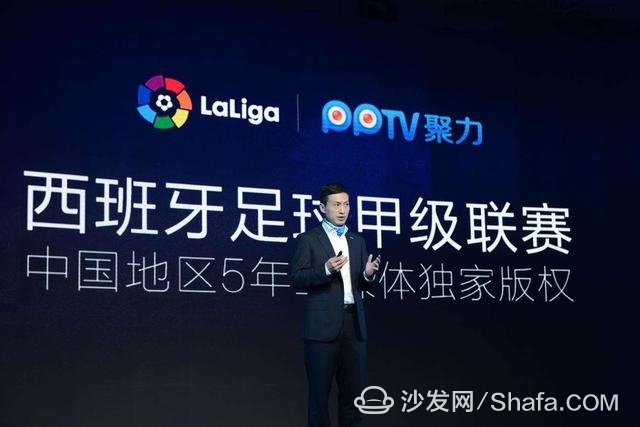
The rapid change of sports copyrights on the one hand has led to loyal sports fans to find it difficult to find a stable platform for watching the game. On the other hand, the sports platform is also difficult to cultivate a stable user group. In fact, like the sports platform, major video sites will also cause changes in the user base due to the flow of video resources. It is probable that a big hit or a hot variety will lead to the loss of users. I think not only: For Internet TV manufacturers, the user's loyalty comes from the consumer's trust in the brand or the video resources carried by the TV. If there is no video resource, can Internet TV retain users simply by virtue of the brand?
1, or or exclusive, who can move consumers?
When it comes to video resources, you cannot get around the three companies Youku, Iqiyi, and Tencent. The video industry is a hugely-burning industry. These three companies survived the fierce competition because they have BAT behind them. Withdrawal machines, with all the money on the way to kill all competitors.
According to the latest BAT financial reports, due to the loss of iQiyi, Baidu’s operating profit margin in the second quarter was directly reduced by 11.5 percentage points. Although Tencent did not disclose the specific loss amount of video services, it indicated that video services achieved revenue and expenditure. The balance still needs a long period of time; while the Ali digital media and entertainment segment has a loss of 1.748 billion yuan before adjusting for tax liabilities, it also mainly points to Youku.

The three companies are already the top three players in the video industry. There are only one reason why they continue to burn money: consumers are more loyal to content than platform loyalty. To maintain long-term commitment, content cannot be stopped. .
It is precisely because of this cognition of excellence that many Internet TV manufacturers have also played the concept of convergent video. The representative of the video is Xiaomi. According to Xiaomi's official statement, Xiaomi TV has aggregated the resources of more than 100 video websites. However, for more than 95% of consumers, those who care about are still the head video resources. These resources may be owned by millet, PPTV, Skyworth, and TCL, and it is difficult to form their own core competitiveness.
On the other hand, even if you are a business giant like BAT, you are not able to fill the “copyright†pit. Therefore, you try to move toward the upper reaches of copyright and form a way to create, invest in, or cooperate with film and television companies. Their own exclusive video resource barriers, such as the "Ghost Blowing" series of Tencent videos, the "Infernal Affairs" series of iQIYI and TVB's exclusive cooperation, etc., have all increased the value of the platform and the user's stickiness to a certain extent.
However, in order to form exclusive video copyright barriers, there is still a need for stable and unlimited financial support behind. Once the capital chain is broken, it is likely that the efforts will collapse in an instant for many years. Once Le Sports, through the acquisition in the copyright market, it only broke through from a public sports website in a short period of time. It quickly conquered loyal sports fans like me for a year, but when the capital chain broke, the former users Will immediately defect to the next copyrighted sports video platform.
Aggregate resources are difficult to form their own unique competitiveness, and it is too much to buy copyrights and even BAT. What are the reasons for most Internet companies to retain consumers?
2. Deep processing of content may be the right way
According to the “2016 Smart TV TV APP Application Distribution Report†released by Dangbei Market, consumers will still download a large number of video applications to meet their own content requirements when using smart TVs, and further illustrate the mere accumulation of video resources. It is not an effective way to retain consumers.
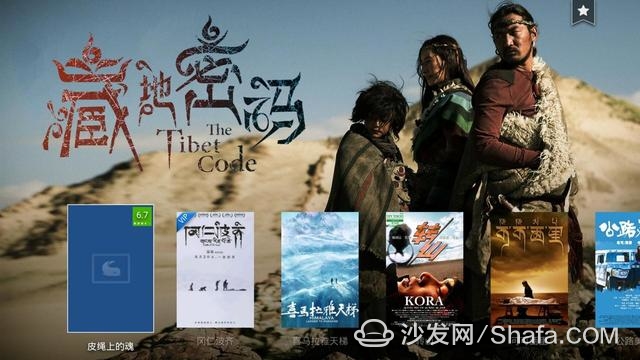
For example, in the categorization of movies, micro-whale television is no longer classified according to traditional methods such as “Kung Fu Films,†“Romance Films,†and “Horror Films.†Instead, it is based on deep learning of the content itself. For the "Tibetan Password," "Alternative Cat and Mouse Games," and "Freestyle Can't Stop," combine current trend and high quality topics so that children, loved ones and even parents can find what they want to see as quickly as possible. The video, instead of wasting limited leisure time on finding films.
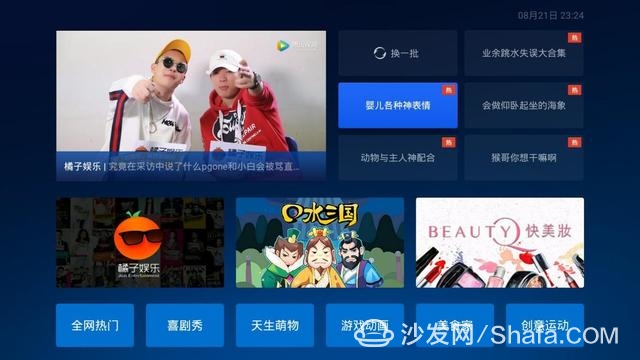

From the second deep processing of content to the introduction of numerous rich pan-entertainment contents, and then to VR video technology, micro-whale TV has stepped out of the characteristic road that belongs to the micro-whale TV and cannot be imitated by others.
3, breaking the one-way communication and establishing healthy interaction with consumers
Although the deep processing of content to a certain extent solves the problem of consumers' selection of films, the connection with consumers is always one-way. To truly establish a sense of identity among consumers, it is necessary to create a relationship with consumers. Interaction and communication.
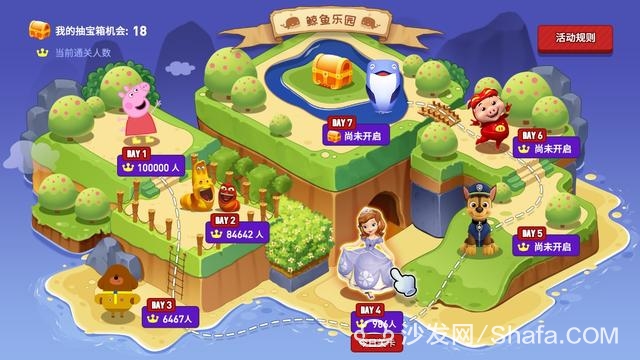
Little Whale TV's "Whale Amusement Park Tour - Play Jigsaw Puzzles and Win Through TV" activity is a new attempt by TV manufacturers and consumers to interact with the screen. On August 21-27, as long as the micro-whale TV is open and you enter the event through the ã€Micro-Whale Home】 or [Children Channel], you can participate in the activities of the jigsaw. The more customs clearance, the more opportunities for lucky draw, and even May get a little whale TV.
Although the interaction mode of jigsaw puzzles is a bit simple, it is still an effective interactive attempt between smart TV and consumers. I think its significance is no less than AI's contribution to smart TVs.
In addition to interactions, micro-whales are also trying to make smart TVs more integrated into their lives, providing more convenience for consumers' lives, such as the “I Want to Eat Chicken†campaign conducted by Microwhale TV. This was an activity that was carried out by the cooperation between the Little Whale TV and KFC's home delivery. When he was on the sofa and saw the drama, Gao Fushuai’s overbearing president was eating chicken. Just say “I'm going to eat chicken†on the remote control. There is a courier brother to send the KFC for the first time, realizing the ideal life that he saw. This kind of exploration that combines online video and offline life through a screen is itself a new type of retail, and it is a future trend.
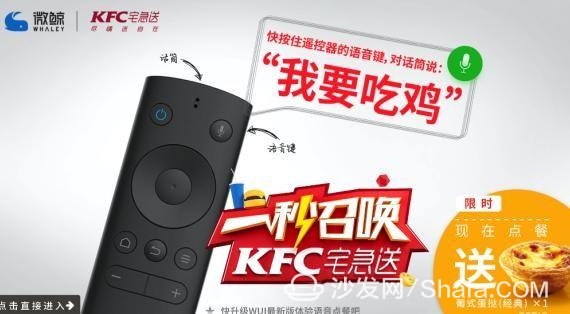
As the largest screen in the family, smart TVs have inherent advantages over smartphones and tablets. Whether it is the development of content or the interaction with consumers, smart TVs should have a wider and deeper application experience. Former smart TV manufacturers Failure to do so does not mean that it cannot be done. The whales' attempt to visit the whale park and KFC home delivery are brave explorations of the breadth and depth of the use scene.
In my opinion, the discussion in recent years about whether smart TV should take Xiaomi TV's converged video path or LeTV's exclusive copyright road should end, because the single convergent or exclusive copyright road has been separated from new marketing. Outside of the era, even Ali, who had previously claimed that the line will eventually occupy the line, has begun to create a new era of online and offline retail integration. Should smart TV manufacturers not rethink?
Micro-whales are rare among smart TV manufacturers that have independent content resource integration teams. Although friends and businessmen have been promoting their TVs to recommend content to consumers through artificial intelligence + big data algorithms, they have experienced TV with friends. Still, most of the videos are still categorized according to "Kung Fu Films," "Romance Films," and "Horror Films." This shows that artificial intelligence still does not understand what consumers really want to see at this stage. Naturally, it is impossible to recommend truly meaningful video resources for consumers. The micro whale television artificial + intelligent recommendation method, that is, some people understand the advantages of humans, but also give full play to the advantage of intelligent algorithms in the screening arrangement, and truly explore the depth of the value of video content, may be the current smart TV at this stage Effective video recommendation algorithm, from the current trend, this ability will become the core competitiveness of smart TV manufacturers.
Smart TV/box information can focus on smart TV information network sofa butler (http://), China's influential TV box and smart TV website, providing information, communication, TV boxes, smart TVs, smart TV software, etc. Answering questions.Suizhou simi intelligent technology development co., LTD , https://www.msmvape.com
